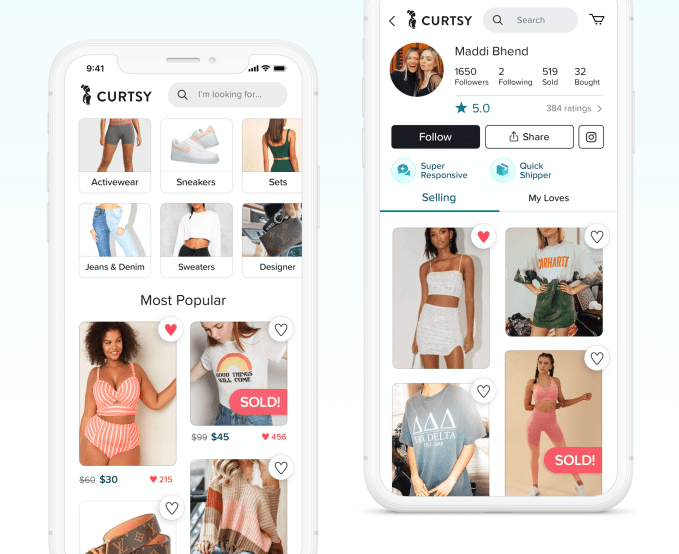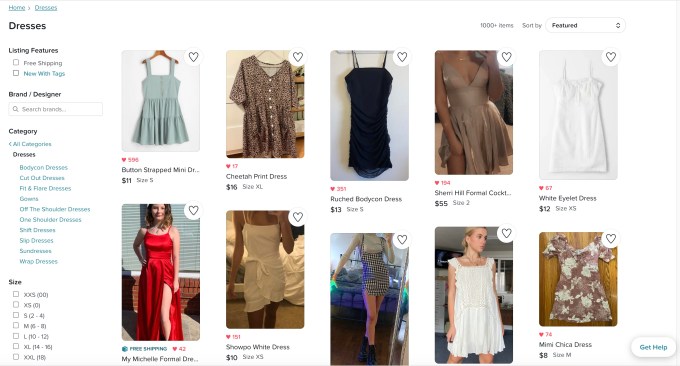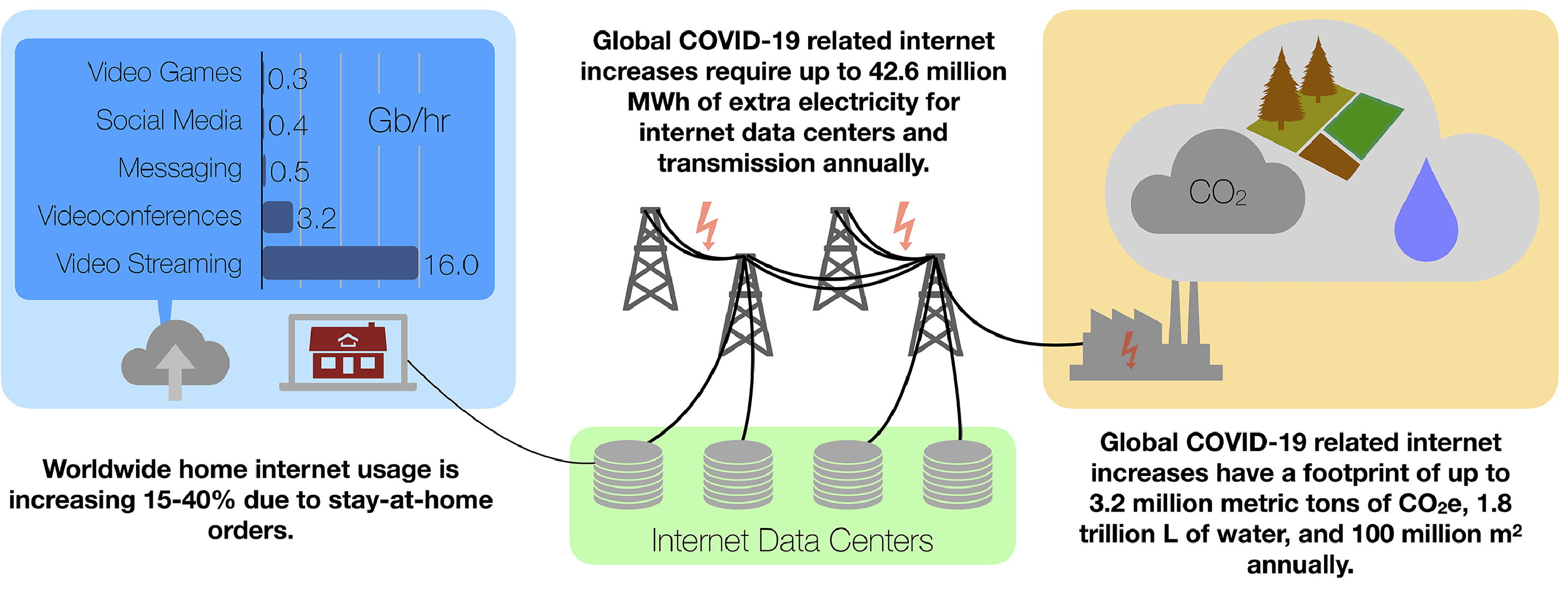News: Genflow nabs $11M investment from BGF
Genflow, a London an0d LA-based brand building agency that offers an e-commerce and mobile tech platform to let influencers start companies, has raised $11 million in funding. Leading the round is U.K. investor BGF. The injection of capital will be used by Genflow to further scale its offering and for international expansion. Founded in 2016
Genflow, a London an0d LA-based brand building agency that offers an e-commerce and mobile tech platform to let influencers start companies, has raised $11 million in funding.
Leading the round is U.K. investor BGF. The injection of capital will be used by Genflow to further scale its offering and for international expansion.
Founded in 2016 by entrepreneur Shan Hanif to help social media influencers develop their brands and extract revenue from their audiences, Genflow combines aspects of a traditional branding agency — such as strategy, design and planning — and a tech company with its own software stack.
This sees Genflow position itself as a brand-as-a-service (BaaS) platform, which helps influencers develop their own digital and physical products instead of promoting other brands, and enables them to launch their own membership club, gated community, mobile app or direct to consumer brand.
“Genflow offers the complete infrastructure from design, development, manufacturing and logistics through to strategy, marketing and content creation to drive revenue and profit,” explains the company.
Genflow says its client base are established influencers who typically have large followings on Instagram and YouTube.
“Genflow allows an influencer to start their own business instead of the traditional brand deals so if someone with an audience wants truly their own audience and business Genflow does that for them,” says Hanif. “We provide them the complete infrastructure to launch a business: design, manufacturing, development, content, strategy and marketing all in one place. This gives us the unique ability to execute to a very high level that drives revenue”.
Hanif says influencers typically approach Genflow either with an idea or when they need help figuring out what brand they can launch. “We use ‘Genlytics,’ our in-house built software, to see what the best brand they can release by checking their analytics, breakdown of their followers, what brands they have worked with in the past and to see how much they can potentially sell,” he explains.
Next, Genflow onboards the client and begins the brand building process, offering broadly two options: Gated content, membership clubs, community and mobile apps, or developing direct to consumer brand with physical products.
The first is akin to having your own OnlyFans, Patreon or social media platform. The second is a classic D2C e-commerce play and includes designing the products, and working with factories to create samples, manufacture the products and then handle all logistics etc.
“In both cases then we plan the launch of the brand, the marketing strategy and then work with the influencer to launch the brand itself,” adds Hanif.
“What’s interesting is that traditionally in startups you find a problem, get a team, some funding then try to find customers. What we have invented is the ‘audience first approach’ where we already have the audience and now just need the right products and it’s instantly a success. The metrics that I see for our brands are not normal: conversion rates that are 5-30%, 20% repeat purchase buys and around 6:1 return on Facebook ads.
“We are proud that every brand we have launched to date is profitable and growing year on year so we know our approach works.”







